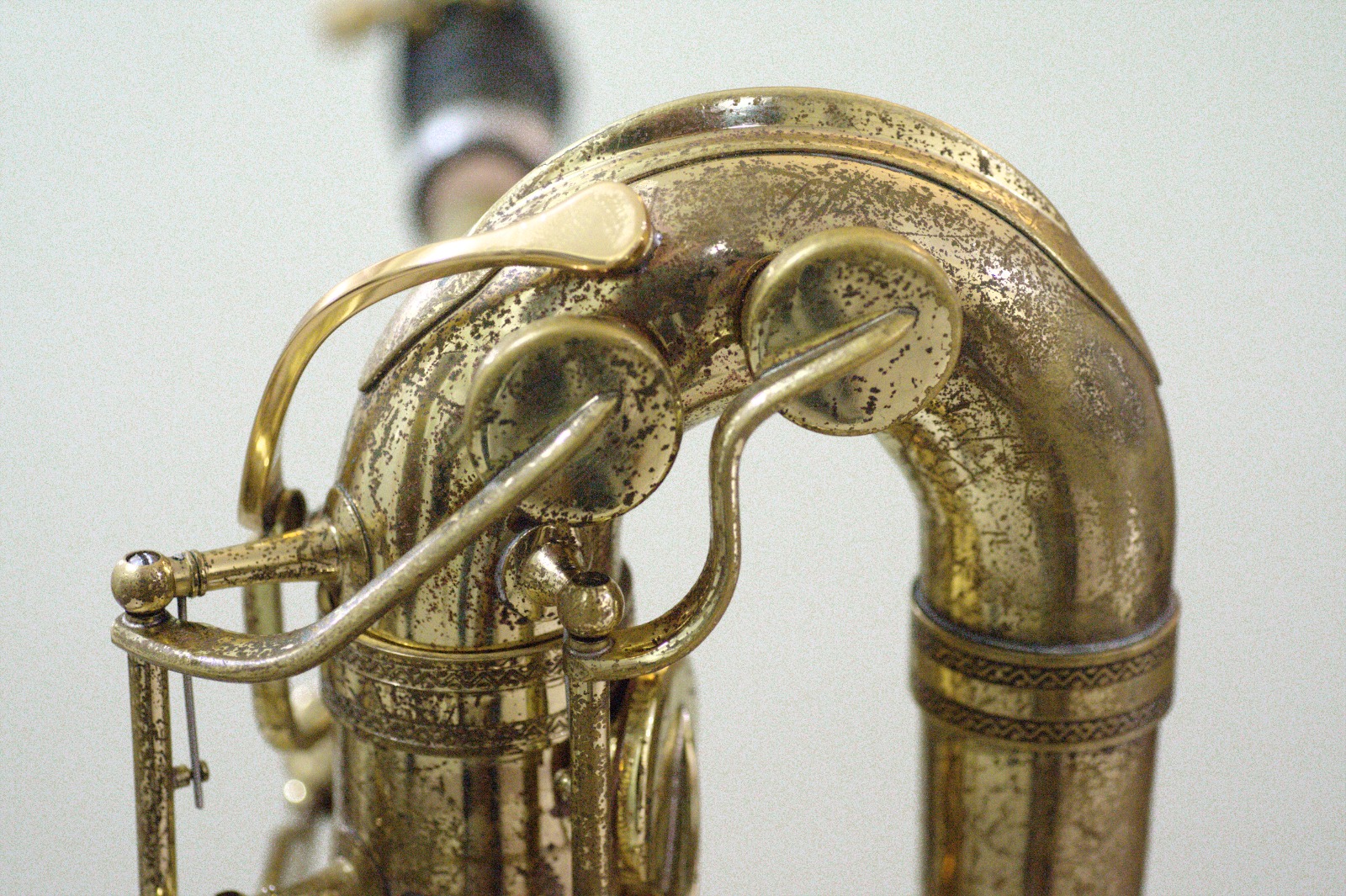A permanent fix for the stuffy high G.
Yamaha’s YBS-61 baritone sax was an excellent instrument. However, the initial octave vent placement caused the G and G# in the second octave to be stuffy, unfocused, and uncentered.
Why? The lower octave vent is at the wrong location – too far away from the mouthpiece. Yamaha eventually corrected this problem in later versions of the YBS-61 by redesigning the octave mechanism and moving the lower octave vent closer to the mouthpiece.
For years, there have been rumors of a “factory recall” issued for the earlier YBS-61’s, and some of these instruments have indeed been improved by relocating the lower octave vent, possibly by Yamaha or other, independent repair shops.
When our shop was approached with the task of doing this modification, we contacted Yamaha for advice and received the following reply.
There really wasn’t a ‘recall’ on these instruments that were discontinued over 30 years ago, those are the the type of things that are conjured up on sax blogs. I do have some notes on a procedure that is not guaranteed to be better or worse. You are welcome to try it but the results are not a guarantee that you or the customer will like it better. Good luck with this and have a great day.
– Warranty Service Manager, Yamaha
Editor note: We’ve reposted this article, originally from 2015, in response to numerous requests, specifically from folks reading “sax blogs.” Thanks for visiting us!
Maybe there was no official recall – and no official guarantees – but Yamaha did, with their later YBS-61’s, relocate the lower octave vent to the same location recommended by the aforementioned “procedure.” This placement is still used today in their current product offerings.
We converted the octave key mechanism using the following steps.
- Drill a hole for the new octave vent.
- Solder a new octave vent in place.
- Disable the original vent. You could remove it and patch over the body tube; we chose to plug the existing vent by machining a brass insert and soft soldering it in place.
- Fabricate an extension and solder it to the existing key. The notes we received from Yamaha indicated modifying a donor key was the most straightforward way to achieve this. Normally we would remove the original pad cup entirely to make it all look like a single, unified piece of metal, but we decided to follow Yamaha’s guidance in case the customer wanted to roll back the changes.
- Set up and regulate the octave mechanism as needed.
The end result? The G and G# were dramatically improved, and no longer required any favoring to respond.

Thanks again for working on the horn. I am VERY pleased. I was seriously considering figuring out how to get a 62 if the fix didn’t work, but I love my horn even more now. I really appreciate your work.
Update: Eight years later, that customer is still enjoying his YBS-61. We just serviced it a few weeks ago…


